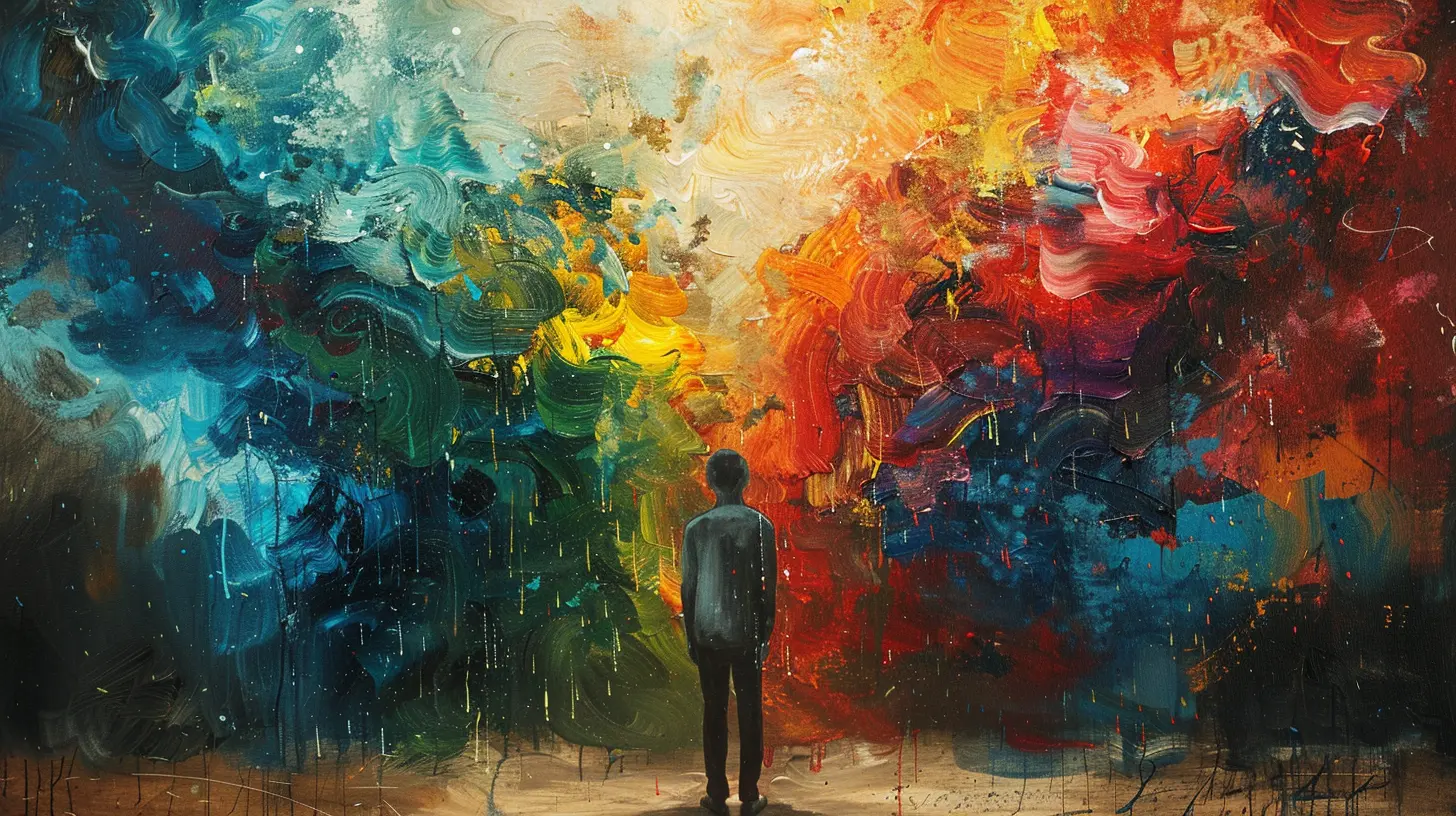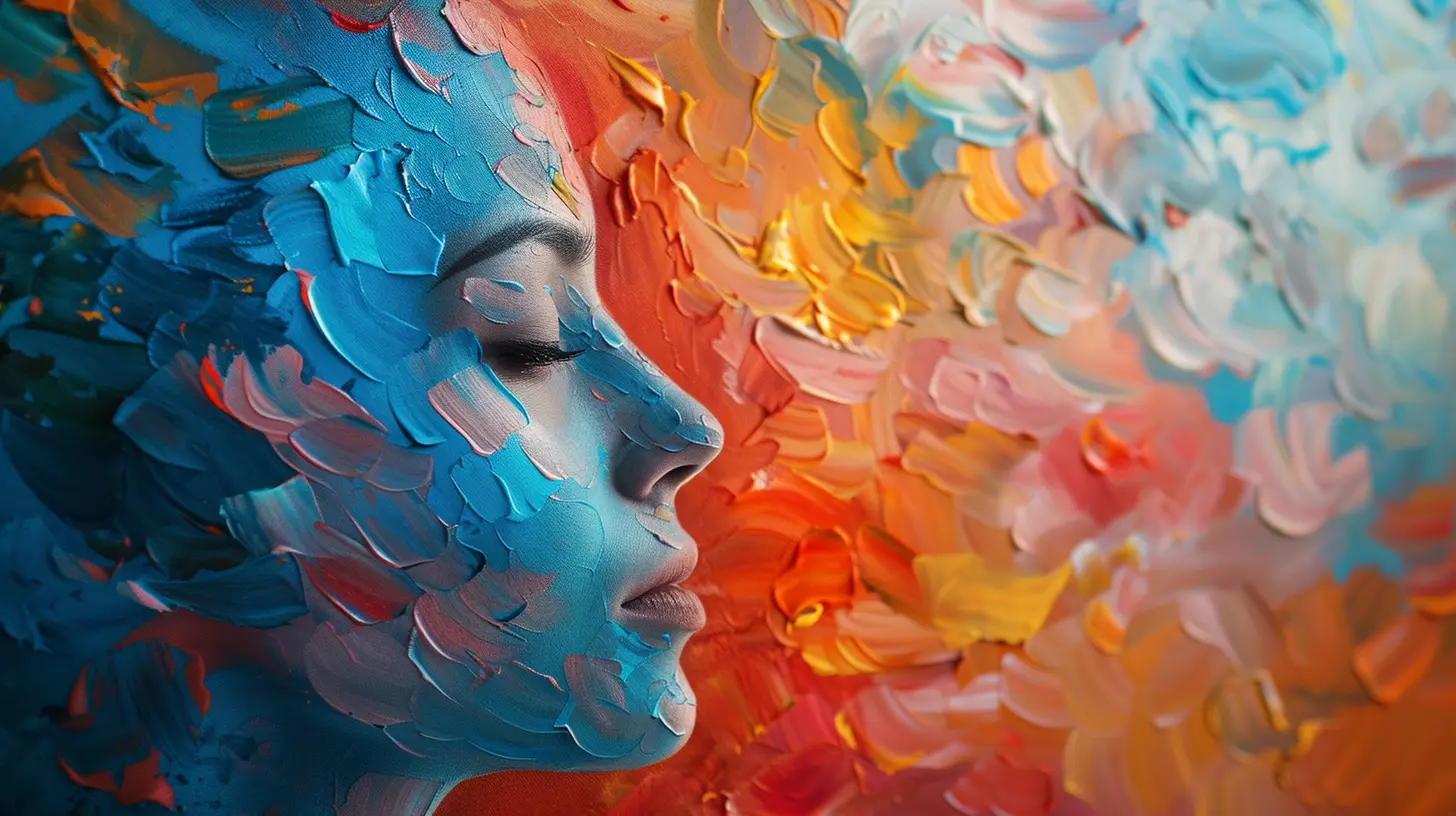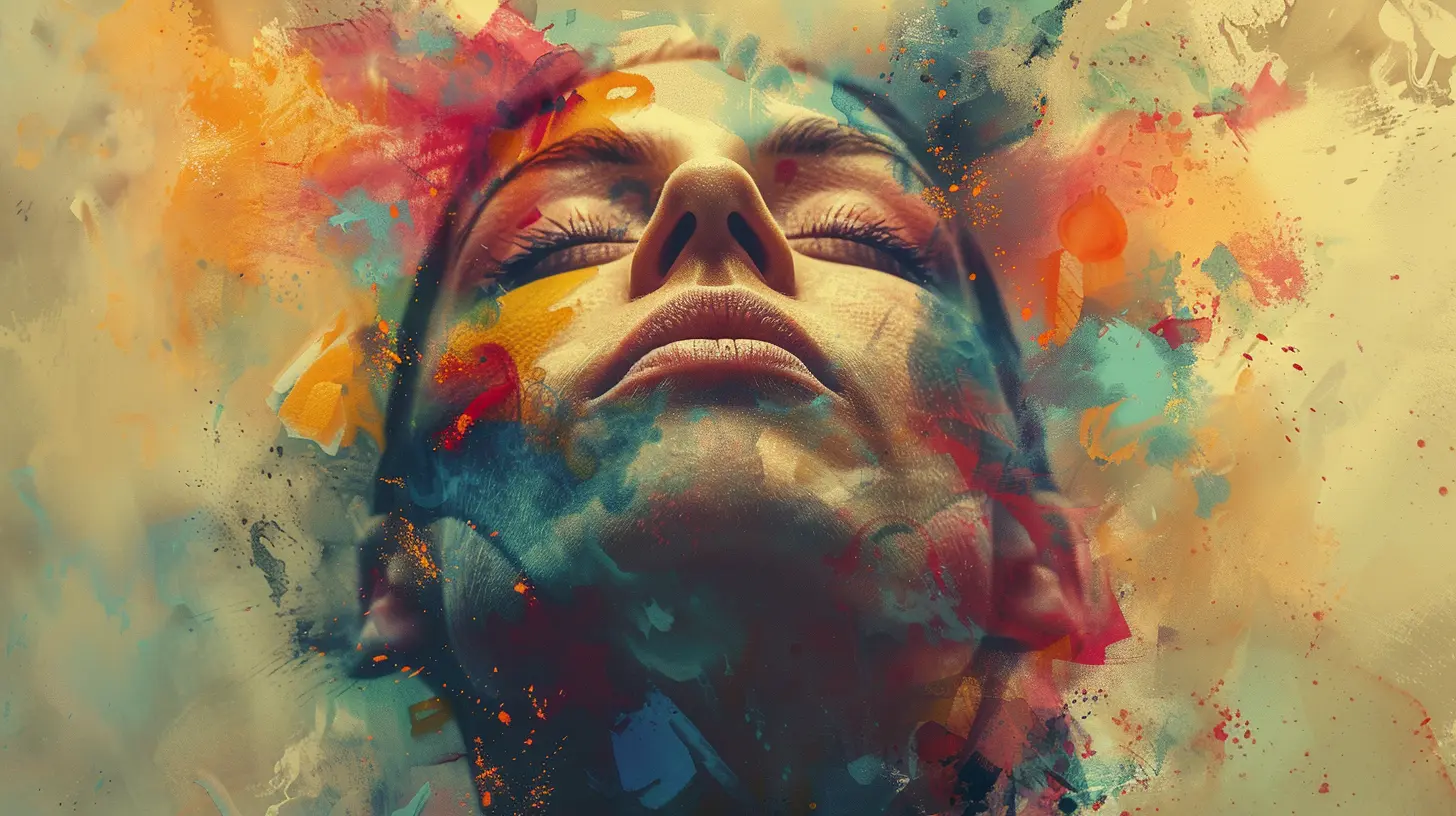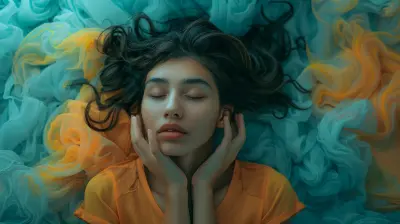How Art Therapy Can Help Heal Mental Illness
14 July 2025
Mental illness can feel like a storm raging in your mind, making it hard to find peace. It can be overwhelming, exhausting, and isolating. But what if I told you that healing doesn’t always require words? Art therapy offers a powerful way to express emotions, process trauma, and find inner balance—all without saying a single word.
Let’s dive into how art therapy can help heal mental illness and why it’s becoming an increasingly popular form of treatment. 
What Is Art Therapy?
Art therapy is a form of psychotherapy that uses creative expression to help individuals process emotions, reduce stress, and improve mental health. It isn’t about creating a masterpiece—it’s about expressing yourself freely through visual art. Whether it’s painting, drawing, sculpting, or even collage-making, art therapy allows emotions to flow onto the canvas.A trained art therapist guides individuals through the process, helping them explore their thoughts and feelings in a safe, non-judgmental space. 
How Art Therapy Impacts Mental Health
1. Gives a Voice to the Unspoken
Sometimes, words fail us. When emotions are too complex or painful to articulate, art becomes a language of its own. Through colors, shapes, and textures, people can express what they struggle to say out loud.For those who have experienced trauma, depression, or anxiety, putting their emotions into artwork can be incredibly healing. It’s a way to release inner turmoil without feeling pressured to talk.
2. Reduces Stress and Anxiety
Ever noticed how coloring or doodling can be oddly calming? That’s because engaging in creative activities triggers relaxation responses in the brain. When you focus on creating something, your mind shifts away from stressors, helping you feel more present and mindful.Art therapy is particularly effective for people with anxiety disorders. The repetitive motions of painting or drawing can be soothing, similar to the effects of meditation.
3. Boosts Self-Esteem and Confidence
There’s something deeply satisfying about creating art. Even if you don’t consider yourself an artist, completing an art project can boost your confidence.For individuals struggling with low self-esteem, depression, or PTSD, art therapy fosters a sense of achievement. Seeing their emotions translated into something tangible can be empowering, reinforcing feelings of self-worth.
4. Encourages Emotional Release
Bottled-up emotions can weigh heavily on mental health. Art provides a healthy outlet to release pent-up feelings. Whether it’s aggressive brushstrokes on a canvas or molding clay in frustration, art therapy offers a safe way to let go of suppressed emotions.This emotional release can be especially beneficial for those dealing with grief, trauma, or suppressed anger.
5. Enhances Cognitive Function and Problem-Solving Skills
Engaging in creative activities stimulates brain function, improving focus, memory, and problem-solving abilities.For individuals with mental health conditions like dementia, schizophrenia, or ADHD, art therapy enhances cognitive skills and provides a structured yet flexible way to process thoughts.
6. Fosters Self-Discovery and Personal Growth
Art therapy isn’t just about healing—it’s also about self-exploration. Creating art can reveal patterns, triggers, and emotions that you might not have recognized otherwise.By analyzing their artwork with a therapist, individuals can gain deeper insights into their subconscious, opening doors to personal growth and self-awareness. 
Who Can Benefit From Art Therapy?
The beauty of art therapy is that it’s for everyone. Whether you're struggling with a diagnosed mental illness or simply looking for a creative outlet to ease stress, art therapy can be beneficial.Here are some groups that commonly benefit:
- People with Anxiety & Depression – Helps manage intrusive thoughts and emotions.
- Trauma Survivors (PTSD) – Assists in processing past experiences safely.
- Individuals with ADHD – Enhances focus and mindfulness.
- People with Autism Spectrum Disorder (ASD) – Offers a structured way to communicate emotions.
- Those Battling Addiction – Supports recovery by providing a therapeutic coping mechanism.
- Grief & Loss Patients – Allows a safe space for emotional expression and acceptance.
No artistic talent is required—just a willingness to explore and express emotions through creative means. 
How to Get Started with Art Therapy
You don’t need a therapist to start enjoying the mental health benefits of art. Here’s how you can introduce art therapy into your life today:1. Pick a Medium That Feels Right – Whether it’s painting, sketching, sculpting, or even digital art, choose what resonates with you.
2. Create Without Judgment – No masterpiece needed! Let go of the idea that your work has to look “good.” Focus on the process, not the result.
3. Set Aside Time for Art – Make creative expression a regular habit, even if it's just doodling for 10 minutes a day.
4. Use Art Prompts – If you're not sure where to start, use prompts like “Draw how you feel today” or “Paint your favorite childhood memory.”
5. Consider Journaling Alongside Art – Combining writing with art can help you understand your emotions better.
6. Seek a Professional Art Therapist – If you want guided therapy, look for certified art therapists in your area.
Final Thoughts
Art therapy isn’t just for artists—it’s for anyone seeking emotional release, self-discovery, and healing. It provides a safe and creative way to process feelings that may be difficult to express verbally.If you’re struggling with mental health issues, remember that healing comes in many forms. Sometimes, the most profound breakthroughs happen when we put paint to canvas, letting emotions flow freely.
Give it a try—you might be amazed at the relief and clarity it brings.
all images in this post were generated using AI tools
Category:
Mental IllnessAuthor:

Gloria McVicar
Discussion
rate this article
1 comments
Regina Myers
Art speaks when words fail—such a beautiful healing journey!
August 7, 2025 at 4:13 PM

Gloria McVicar
Thank you! I'm glad you resonate with the healing power of art. It truly can express what words often can't.


